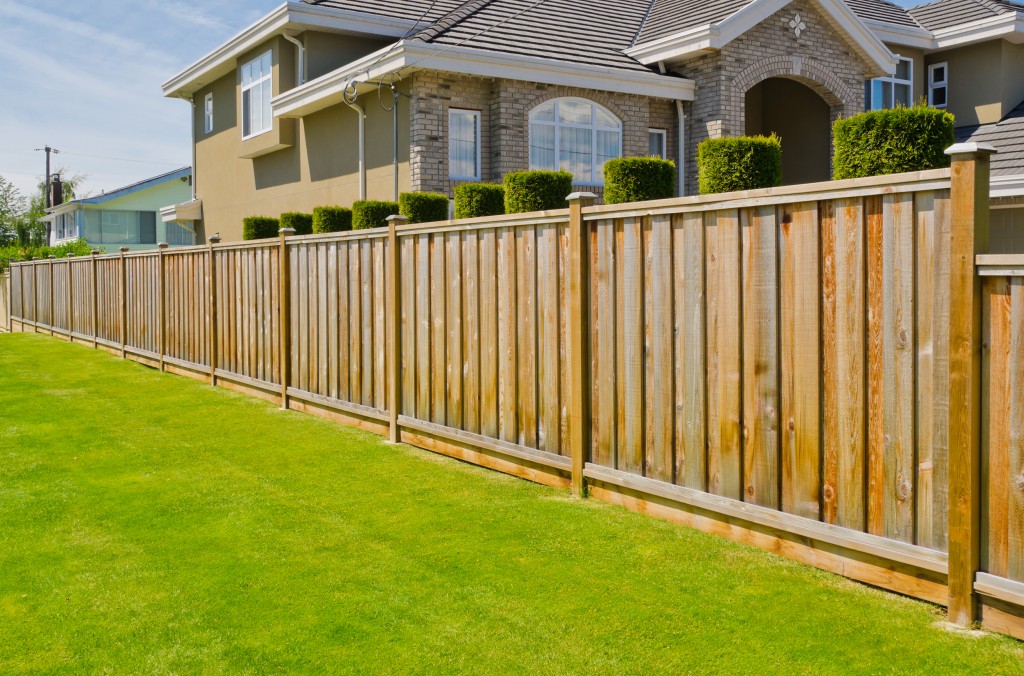We have spent endless summer hours splashing, playing, and swimming in the backyard pool. We have indulged in eating delicious barbecued food with the company of good friends, camping out at night and gazing at the stars, toasting marshmallows, drenching each other in water fights, and playing games of tag and scavenger hunts.
These are some of our most cherished childhood memories for generations of American kids. This was life in the suburbs, and an essential part of that life was the suburban backyard.
The Suburban Revolution
The history of American backyards is more recent than many people think. Before World War II, American society was, for the most part, divided into two distinct segments, with people either living in the urbanized cities or the less populated countryside. After the war, this all changed as America underwent the “suburban revolution.”
In the late 1940s and early 1950s, America welcomed back 12.5 million veterans, all of whom would need housing and employment. With the large numbers of troops returning, American society had to find a way to absorb them and provide housing and employment. In response, the government introduced the GI Bill of Rights, which guaranteed housing loans. New mass production techniques made it possible to build homes faster and cheaper than ever before.
The GI Bill and new mass production techniques were accompanied by the introduction of the 40-hour week and the rapid increase in the number of white-collar jobs. These factors all combined to create the suburban revolution.
Another factor fueling the suburban revolution was advertising. Advertising promoted certain products that were representative of the suburban lifestyle. Moreover, the field of advertising promoted the lifestyle itself. Over the airways and on the pages of magazines and newspapers, an idealized suburban world was presented to the American people. Images of lush green lawns, patios, barbecues, and swimming pools were presented to, and consumed by, the American populace.
The Suburban Landscape Today
The suburban revolution represented a massive population shift. Over the coming decades, this shift would continue. By the 1990s, more Americans lived in the suburbs than in the central cities.
The growth of suburbia continues in present times. Since 2000, rural counties have experienced a 3% population growth, whereas urban centers have experienced a 13% growth. Meanwhile, suburban and small metropolitan areas have experienced a 16% growth.
The American Backyard

With the suburban revolution came a new lifestyle, and one of its important elements was the suburban backyard. What was once a utilitarian area, which was used for growing vegetables and gardening, became a multifunctional area. At the same time, it established itself as an iconic symbol of the American suburban lifestyle.
With the new prosperity in the 1950s, Americans had more money and more time to spare. They could now embark on do-it-yourself projects. As a result, backyards became family areas dedicated in part to recreational activities. Backyards would now play host to swimming pools, barbecues, parties, sports, kids games, camping, and several other recreational activities.
Advertising also played a crucial role in establishing the backyard as part of the suburban lifestyle. Through television and print advertisements, Americans constantly viewed images of happy families swimming in the backyard pool, enjoying a barbecue, and playing sports and other family activities, all happening at the comfort of their backyards.
The American Shed
Back in the day, no backyard was complete without a shed. In fact, the shed became nearly as iconic as the yard it was built in. Initially, the shed was a simple building in the backyard used for storage. However, with the commencement of the suburban revolution, the backyard shed began to take on a whole new role. From a place to store gardening tools, the shed turned into an extension of the main house. Here, people were able to could construct a workspace or even an area to invite friends over.
The shed represented a place where men could find solace and enjoy some peace and quiet. It was a place where they could surround themselves with tools and engage in do-it-yourself building projects.
The simple garden shed has proliferated across America and can now be found in Californian suburbs all the way through Colorado and the backyard gardens of Maine.
In modern-day society, the humble garden shed has seen a type of renaissance and has taken on a renewed purpose. With working from home becoming a more common occurrence, the shed has once again become an integral part of the American lifestyle. Many Americans are now converting their backyard shed into a private office, and some have even converted them into tiny homes.







